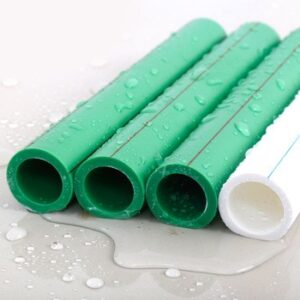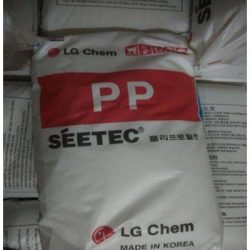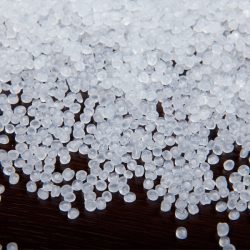Description:
Polypropylene (PP) is a linear hydrocarbon polymer and in fact a hydrocarbon polymer that are produced as transparent and saturated granules.
In general, Polypropylene have good resistance to environmental reactions and do not simply combine with chemical compounds. Polypropylene are semi -hard and have a good Pressure resistance.
The types of plastic made from Polypropylene are semi -transparent and these materials also have high thermal resistance.
The main and most common uses of Polypropylene is in the field of plastic and fibers.
Different types of grades are made of Polypropylene, one of them is the 332C, which has a special efficiency.
Applications of Polypropylene:
These petrochemical materials are mostly used in the plastics industry. Applications of Polypropylene in different grades includes:
- molding in the automotive industry for automotive parts and
- In fibers to produce all kinds of carpets, straps and clothing
- In fibers for the production of carpets, straps
- In the filmmaking industry for the production of directional and central films.
- To pack with low concentrations as structural foam
Polypropylene EP332C Product:
This product is an extrusion grade the polypropylene block copolymer which is mostly used in the production of Corrugated sheets and pipes and fittings.
this product is used in the automotive industry due to its high impact resistance and cold air in the manufacture of shields, dashboards, consoles, batteries and other automotive parts.
grade with high melting index used to produce containers and low melting index grades are used for extrusion processes (production of hot and cold-water pipes).
Extensive and diverse usage of 332c:
Industrial sheets and non -pressure pipes made from Polypropylene 332C monomers can be used for polymerization of copolymers. The random composition of non – Polypropylene monomers creates a copolymer.
In general, incorporating other monomers interferes with the pure polypropylene structure and creates structures with alternating chains of blocking copolymers.
Therefore, copolymers are more flexible than homopolymers, and because of that the Polypropylene EP332C copolymer is used as a sealant in the production of multilayer films.
Category of the Polypropylene EP332C copolymer:
Polymer, thermos -plastic, Polypropylene Block Copolymer (PPB)
Customs Tariff of Polypropylene:
The customs tariff code for EP332C is 39023000.
Applications of EP332c materials:
Use In the manufacturing industry of industrial Corrugated sheets and low -pressure pipes and fittings.
Features of Polypropylene EP332C:
High -strength and Heat resistance at high temperatures
It melts at 2 ° C.
It has low density and as a result has less tensile strength
Electrical and chemical resistance
The risks of polymers:
Polymers are high molecular mass substances consisting of large number of repeating structural units derived from simple molecules. They are used in various forms such as plastic, tires, fibers, etc. So, their production is used everywhere. But the polymers directly have negative effects on the environment. In the plastics industry, people exposed to these toxic substances may damage their respiratory system by inhalation and absorption through the lungs. It can lead to asthma and lung disease.
Vocs also cause damage to vegetation and damage the environment by increasing ozone level.
For information on how to supply, prices of LDPE 2130 and how to export procedure contact Afshin Karami Trading Group.




Reviews
There are no reviews yet.